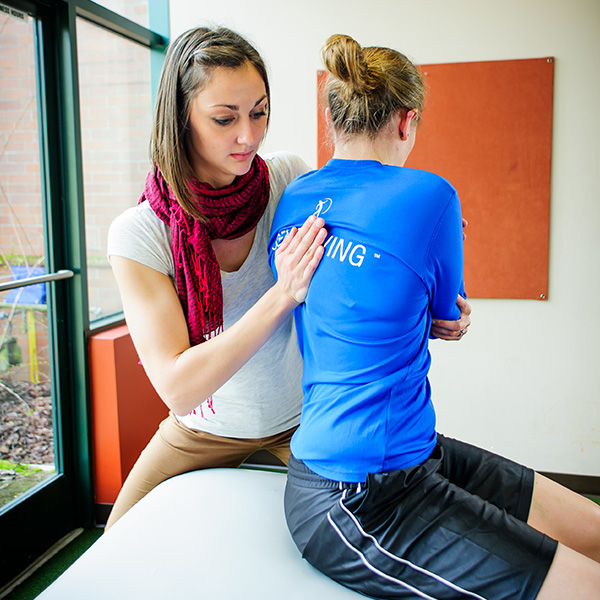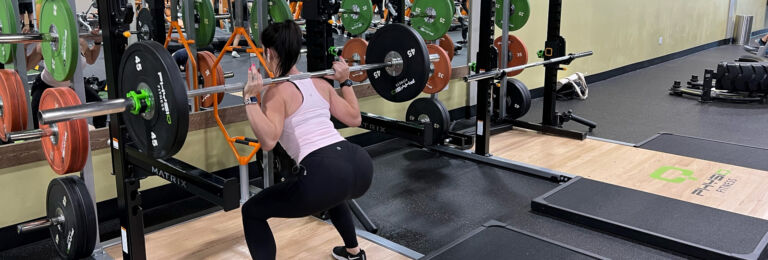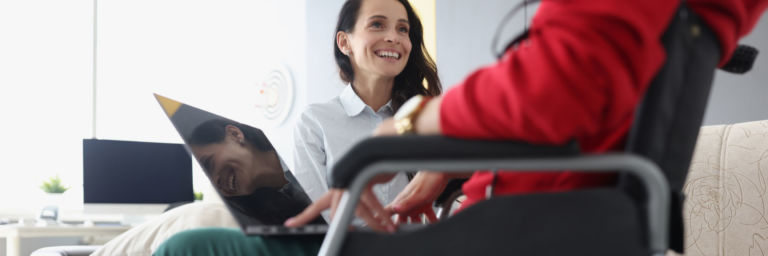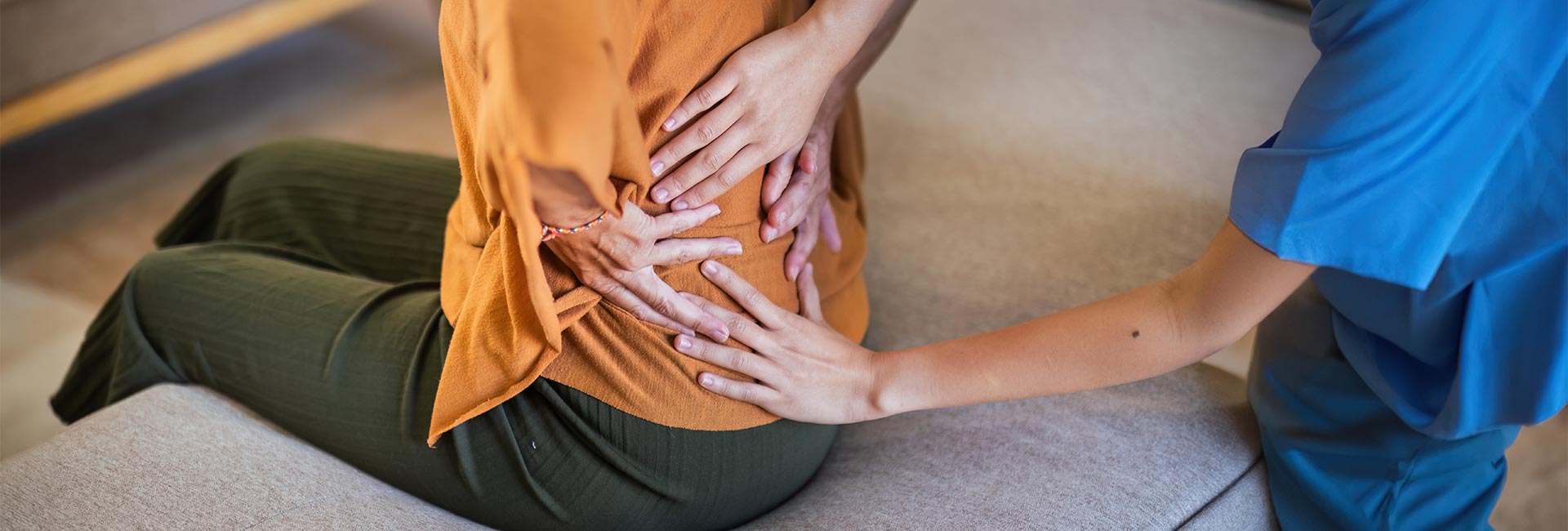Physical therapists are often asked by patients (as well as friends, family members and the person sitting next to them on an airplane) — “I’ve strained my low back … is it going to be a permanent problem?”
The short answer to this question, luckily, is “No.”
A lumbar strain implies an injury to the low back muscles and tendons. Here is why an injury like this is expected to get better.
After a lumbar strain, it is important to remember that tissues heal. Tissue damage heals in a predictable way and is dependent primarily on time. Our age, the environment and tissue type also play a role, among other things. But even at the age of 100 years old, our tissues heal from injury (just slower).
Consider that “strain” implies damage to muscles and tendons.
Muscles and tendons are supplied with blood flow from our heart and are generally known as good healers. These tissues are inherently strong and thick at the low back and can be stressed and pulled and still recover well in time.
Muscles and tendons typically take between a few weeks to a couple of months to heal. Resting them for more than a few days has not been shown to be helpful.

Conversely, early movement and exercise during this time is important for the healing process. This is also an excellent time to consult a physical therapist if you’re unsure of what activities are safe, or what type of exercise is best to begin as you work to overcome your lumbar strain.
What if my lower back pain persists?
Some people who are diagnosed with a lumbar strain experience pain for a much longer period. However, it is important to know that this does not mean their muscles or tendons haven’t healed (although it can feel that way), but that their tissues have remained sensitive despite healing having occurred. Our modern understanding of pain and pain science has taught us that prolonged tissue sensitivity (including in muscles and tendons) can occur in anyone and is the primary reason people can experience on-going or “chronic” pain.

When someone is experiencing persisting pain after a lumbar strain, there is still good reason for hope. The same understanding of pain also reminds us that all pain can change, including chronic or persistent low back pain.
Check out this short list that summarizes some truths about low back pain. It is based on an excellent literature review collecting information on what we know about back injury and pain based on multiple studies (Back to basics: 10 facts every person should know about back pain, BJSM 2019). These facts about low back pain can be helpful for anyone following a lumbar strain or experiencing persistent low back pain.
4 Quick Truths About Back Pain
-
Back pain is rarely dangerous.
While lingering back pain can be worrisome, causing concern over the root cause and anxiety about what the long-term results may be, the truth is, it is not typically related to a dangerous cause and is unlikely to lead to extreme debilitation. The pain can be disabling when it continues for lengthy periods of time, but is unlikely, even then, to significantly impact life functions such as the ability to walk.
-
Back pain is not indicative of damaged back tissues.
Persistent back pain can seem like a result of serious tissue damage, but backs are inherently strong and even in the event of an injury, back tissue heals well. Pain that continues for more than a few months is likely due to other contributing factors. Sometimes, ongoing back pain is not related to an injury or damage at all, but is related to stress, fatigue, lack of activity or changes in activity levels.
-
Imaging, whether x-ray, MRI, or CT scan, is not always helpful.
For many people, persistent back pain prompts a desire to look for the root cause of the pain through scans. Unfortunately, scans of the back do not typically reveal the true cause of pain, and they are only helpful a small percentage of the time.
Additionally, scans can lead to scary-sounding findings such as disc injuries, bulges, herniations or degeneration, arthritis and more. What is often left out when reporting these findings, however, is the fact that the same conditions are commonly found in people who do not have any back pain. Furthermore, scans cannot predict how well a person will recover if any of these conditions are found. Finally, most disc conditions resolve over time.

Back pain flare-ups do not mean you re-injured your back.
When back pain increases suddenly, it can tend to cause additional worry. It is important to know these flare-ups are very common and do not typically mean you have new back damage. Back pain flares are often caused by new or increased activity, poor sleep, stress, lack of activity or numerous other factors. The best thing a person can do is to try not to worry too much about a flare-up and keep moving. The pain will subside in time.

In summary, remember that tissues heal! A lumbar strain is not something that will last forever! Also, low back pain that persists for longer than expected following injury or the onset of pain is more due to on-going sensitivity than any tissue damage. Back pain is expected to change no matter how long it has been present. Keep moving and trust that the pain does not mean that you are causing more injury to your back.
Back pain and injury can be scary. If you aren’t sure what to do or where to turn after a lumbar strain or with back pain that isn’t going away, then also remember that Physical Therapists are there to help and guide you through your recovery. Physical Therapists are experts at treating back pain and can assist you in how to safely get back to your typical activity levels, while also providing you with an exercise program that will promote a healthy, pain-free back.
To dive deeper into the issue of back pain, check out the additional posts linked below.

Power over Pain – Aubrey’s Physical Therapy Success Story
A fluke accident during labor left Aubrey Burningham struggling to care for her newborn as she battled debilitating pain. Life quickly became overwhelming as she tried to navigate her days with four young children at home. Her painstaking journey was long and riddled with obstacles, but through physical therapy – including pain education and reprocessing – Aubrey found a pathway to healing.

How can I tell if I have a pinched nerve?
“I think I have a pinched nerve.” This something that as a Physical Therapist, I’ve heard many times from patients over the years. Often this is not the case, but sometimes it is. Let’s look more into what a pinched nerve really is – what it feels like, what causes it, and how to treat it.

How Physical Therapists Help Pain
Whether you step on a nail, stub your toe, or are agonized by back pain and sciatica for 10 years … pain is an experience that occurs in the brain. So, while injury and irritation do occur at other parts of the body, it is the brain that actually controls if you will experience pain or not.

Don't let low back pain keep you down - try PT today!
As physical therapists, we know the importance of movement for overall health and well-being. From injury recovery to achieving optimal performance, our passion is to help every patient reach their goals and live an active, pain-free life.

